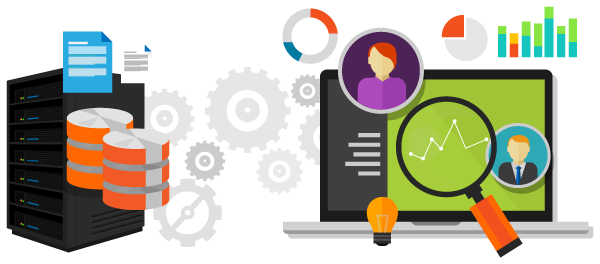The 4th annual Clinical Research and Operations Worldwide Networking (CROWN) Congress was held from January 27 to 29, 2015, in Philadelphia, PA, and featured information and discussion on the latest approaches, strategies, tools, and technologies for optimizing clinical operations. There were a few major themes that emerged from the meeting, which we’ll cover in a series of upcoming posts.
The first and overriding theme of the Congress was that – surprise! – conducting clinical trials is a slow, expensive, and complex process. Little infrastructure exists, and there are no standard processes or blueprints for conducting efficient clinical trials. One speaker likened conducting a clinical trial to placing a phone call from New York City to Los Angeles by first erecting telephone poles across the country between two locations, then stringing telephone wire across the poles in order to complete the call, then dismantling the entire infrastructure only to repeat the process to place the next call.
There are several impediments to successful data integration. Many companies have focused strictly on the process of acquiring patient information without giving much thought to how to provide access to the data for the various study team members. The data that is collected is useful for only a very few purposes and is difficult to repurpose once captured. Furthermore, while medical and technical staffs are usually easily convinced about the benefits of data integration, its value to other functions and management levels is often much less apparent.
Part of the issue revolves around unifying the efforts of a diverse group of stakeholders; research sponsors, clinical investigators, patients, payers, healthcare professionals, and regulators. Each stakeholder brings a different set of objectives and, more problematically, a different set of tools to support their component of the trial. Their heterogeneous data management and reporting tools mean that many manual steps, duplicate data entry, and increased expenditures of time, money, materials, and resources are necessary to capture, share, analyze, and report data.
Integrating healthcare information is essential in, as one speaker put it, “conducting research quietly in the background of healthcare.” One straightforward step in streamlining the clinical trials infrastructure is integrating electronic medical records (EMR) and electronic data capture (EDC). EMR data holds a virtual treasure trove of information relevant to clinical trials. Regrettably, the data captured in EMR is typically not easily absorbed into EDC platforms. Tools like Adaptive Clinical’s “rules engine” can greatly increase the efficiency of capturing EMR data in EDC systems.
Integrating data is just the first step in improving efficiency and value. The tools to analyze and report on data must be flexible enough to provide customizable views to a range of functions. Access to data should be based on the function of the user accessing it, and governed by the requisite regulations controlling who can access what data and in what format. Equally important is the need for a user-friendly interface that enables users to manipulate reports without requiring the intervention of technology resources.
Clinical research data integration will be an evolution rather than a “big bang.” Efforts centered on eliminating duplicate data capture will have a significant impact on increasing the efficiency of clinical research activities. Beyond that, a focus on providing data to the various stakeholders in forms conducive to their needs will engender support for integration efforts. And lastly, emerging standards will help guide the actions of all stakeholders and will result in faster regulatory submissions and better results.

